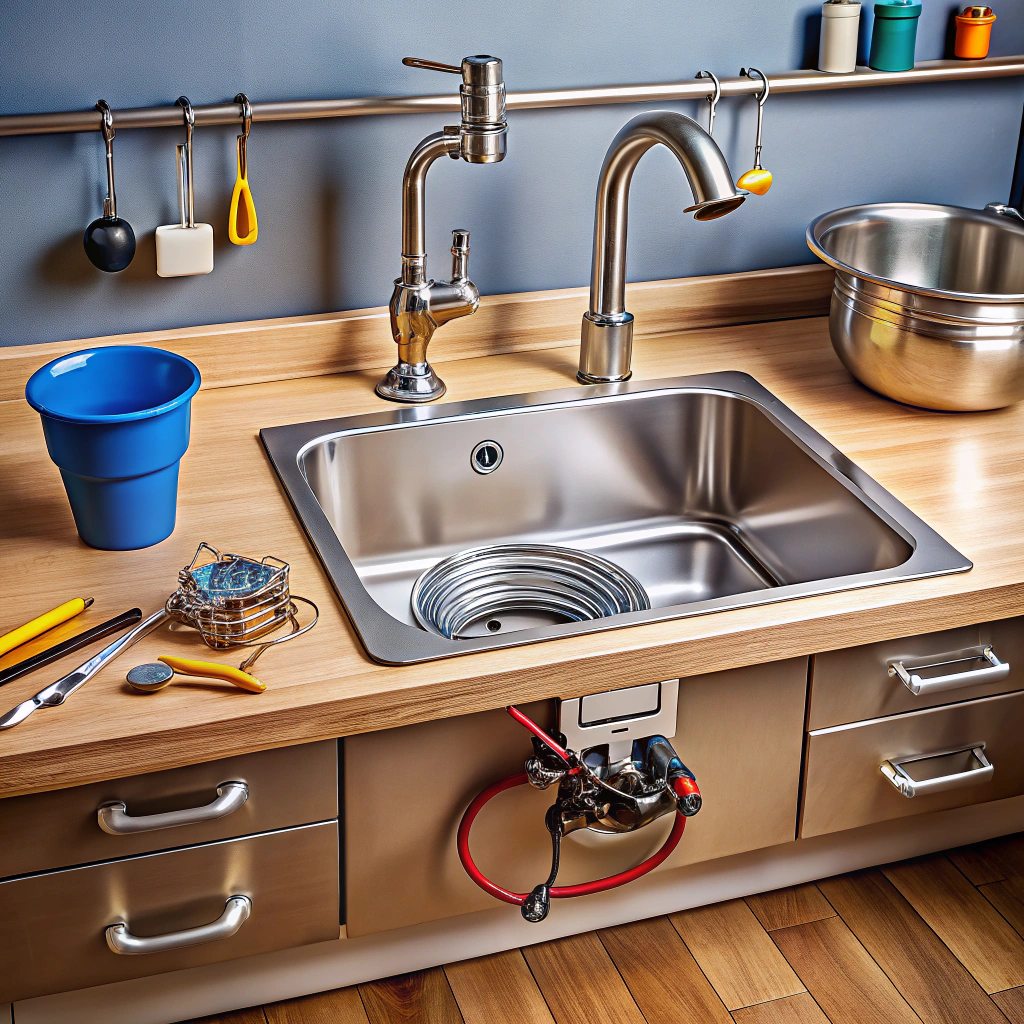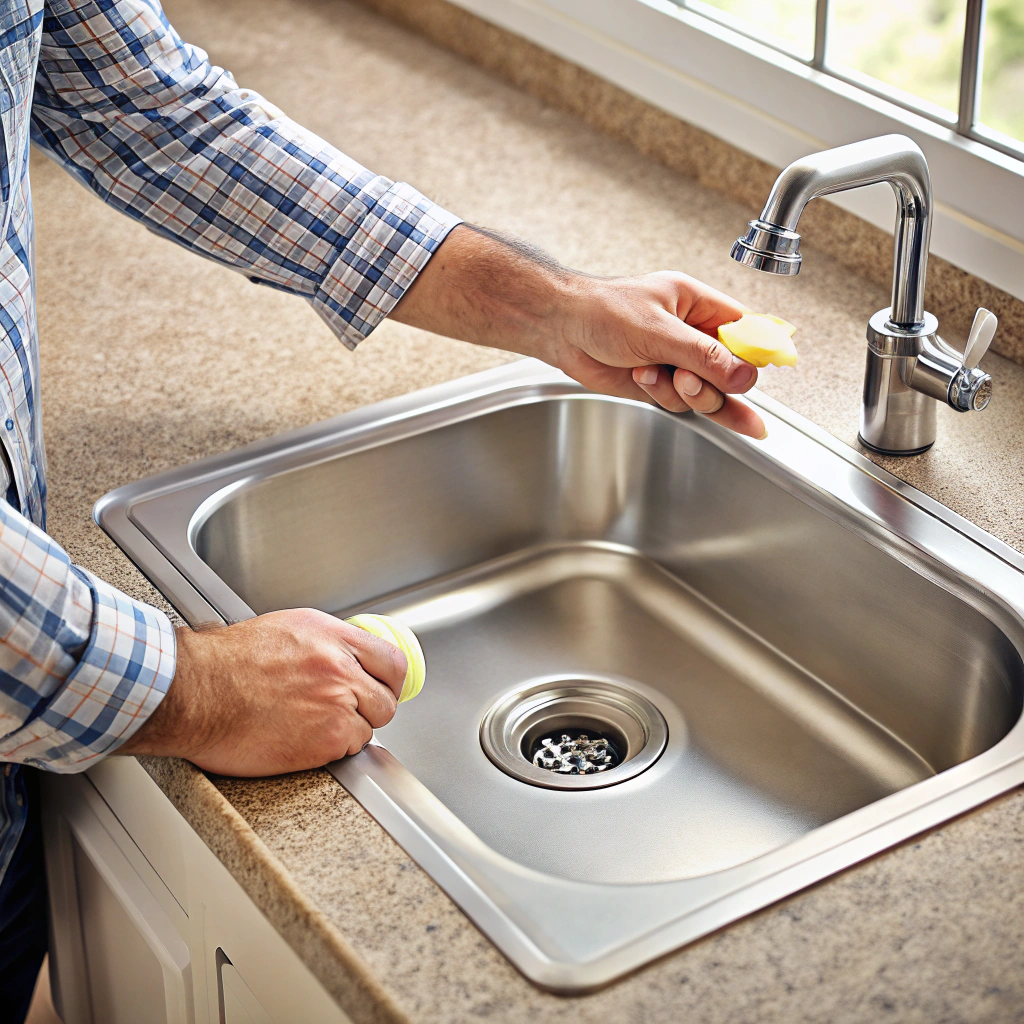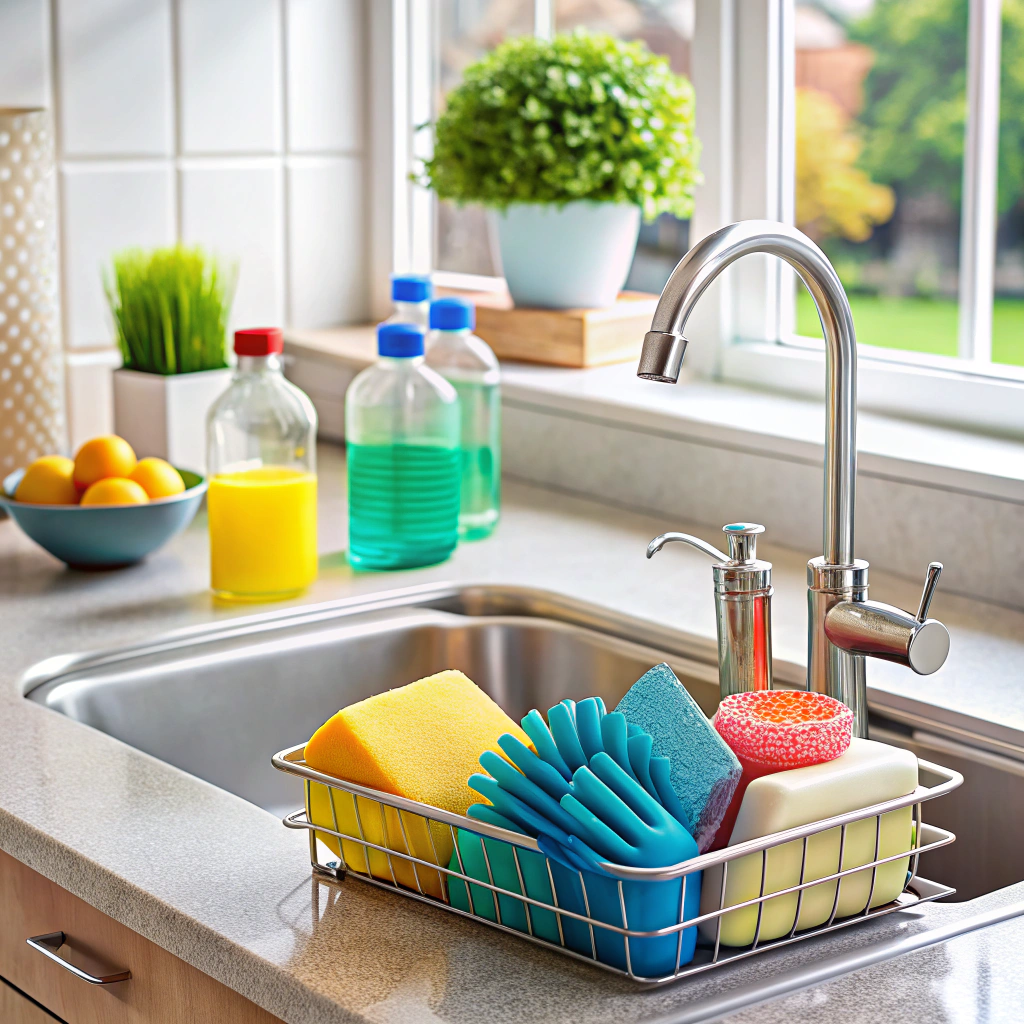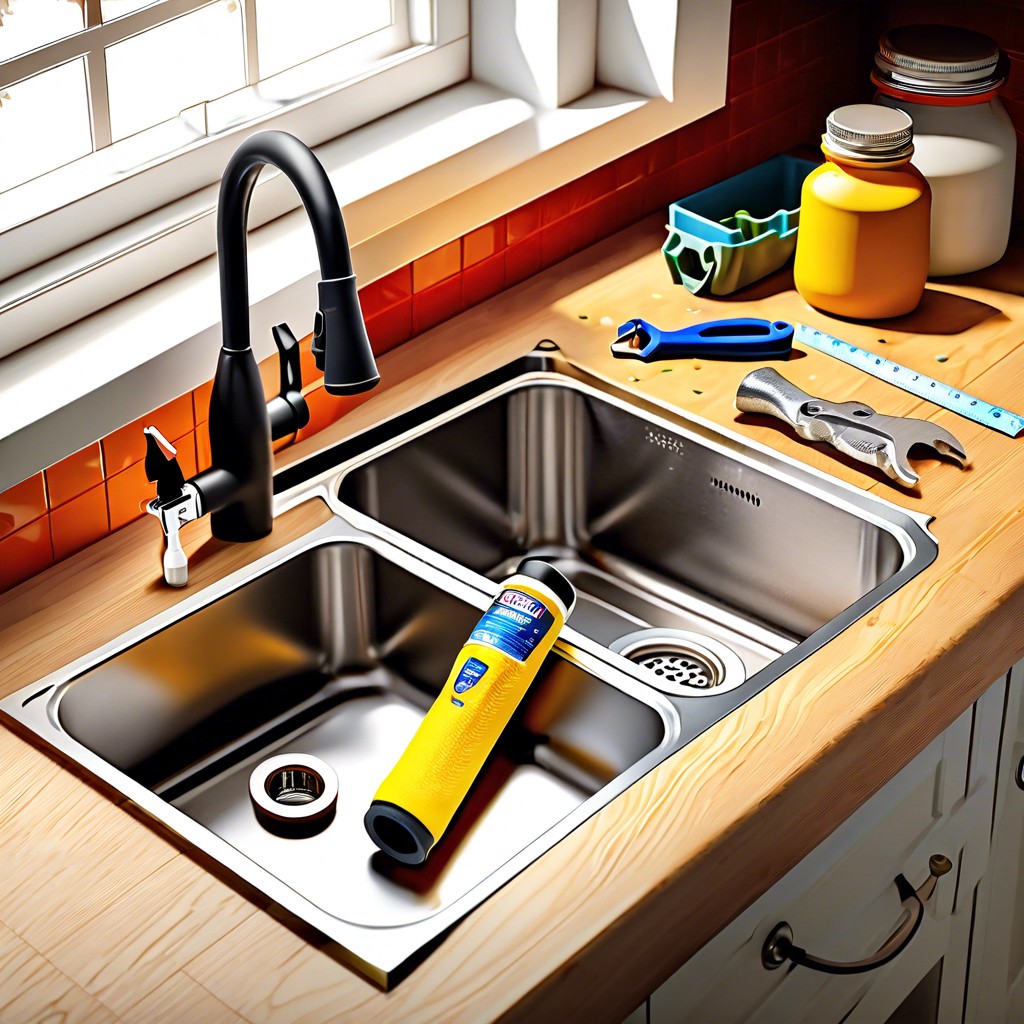Last updated on
Discover the telltale signs of a faulty faucet cartridge and learn how to diagnose the issue effectively in this comprehensive guide.
You may need to change this:

As homeowners, we rely on our faucets to provide us with a steady flow of water for all sorts of tasks. From washing dishes to brushing our teeth, we use them every day without even thinking twice.
However, what happens when your faucet starts acting up and you’re left with a trickle instead of a stream? It could be a sign that your faucet cartridge is bad. But how can you tell? In this article, we’ll explore the signs that indicate it’s time to replace your faucet cartridge so you can get back to enjoying uninterrupted access to water in no time.
What's Inside
Signs of a Faulty Faucet Cartridge
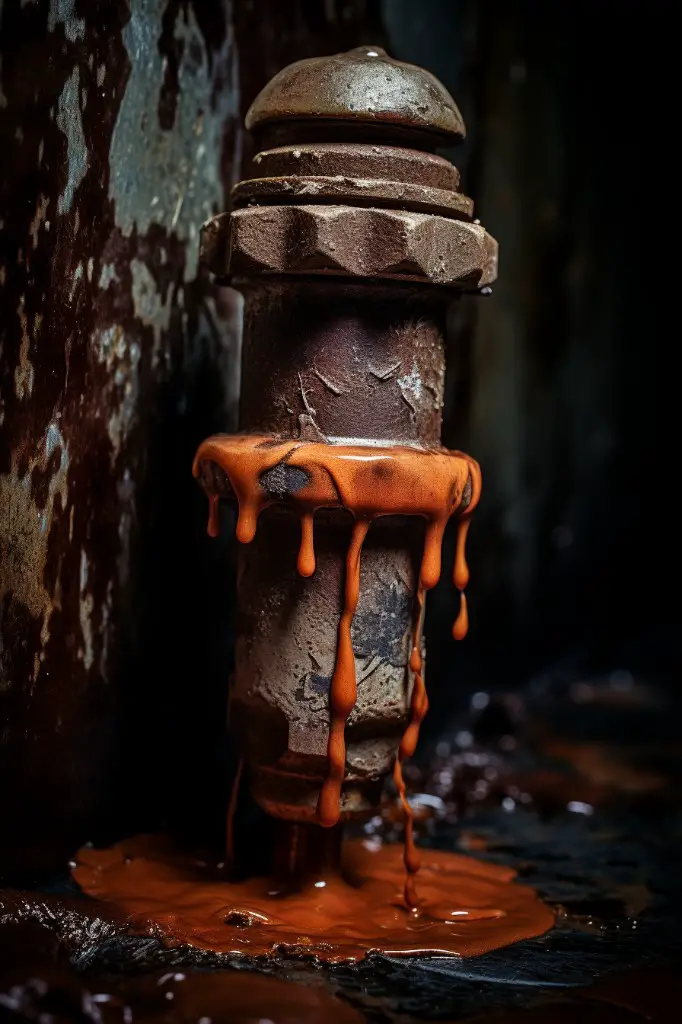
One of the most common signs that your faucet cartridge is bad is a leaking faucet. If you notice water dripping from the spout or base of your faucet, it’s likely that there’s an issue with the cartridge.
Another sign to look out for is difficulty in adjusting water temperature or inconsistent flow of hot and cold water. You may also experience reduced water pressure, which can be frustrating when trying to wash dishes or take a shower.
If you hear unusual sounds coming from your faucet, such as squeaking or grinding noises when turning on/off the tap, this could also indicate a problem with the cartridge.
It’s important not to ignore these warning signs as they can lead to more serious issues down the line if left unaddressed. In some cases, attempting DIY repairs without proper knowledge and tools can make things worse and cause further damage.
How Long Do Faucet Cartridges Last?
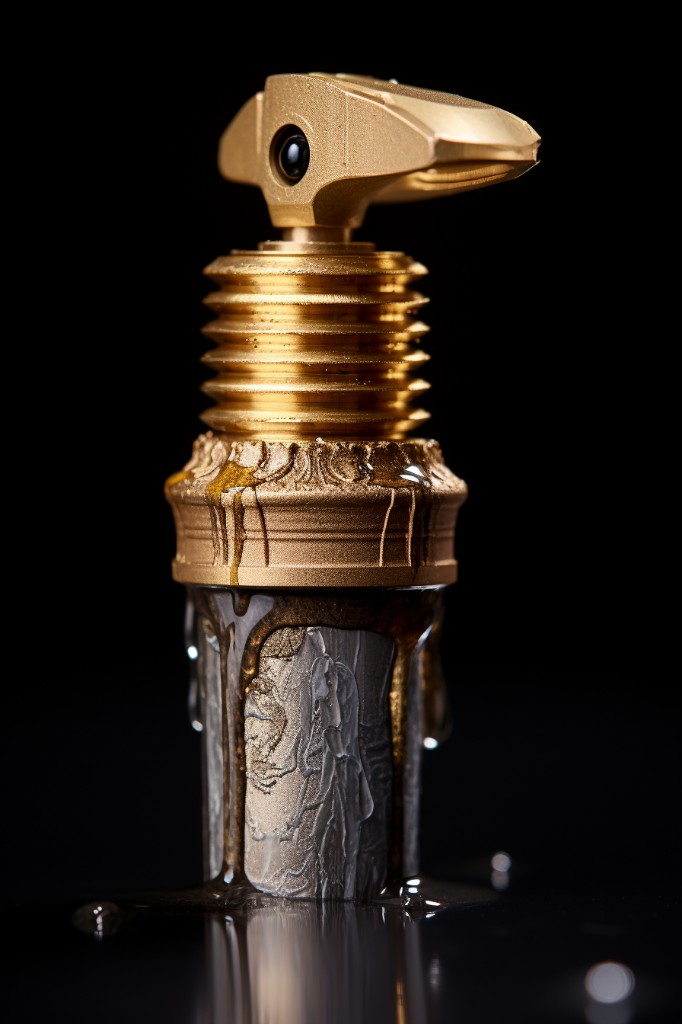
Like all mechanical parts, they have a limited lifespan and will eventually wear out over time. The longevity of your faucet cartridge depends on several factors such as usage frequency, water quality in your area, and maintenance practices.
On average, most faucet cartridges last between 7-10 years before needing replacement. However, this is not set in stone as some may fail earlier or later than expected depending on the above factors.
If you notice any signs that indicate your cartridge is failing (such as reduced water pressure or difficulty adjusting temperature), it’s best to replace it sooner rather than later to avoid further damage to other components within the system.
Leaking Faucet
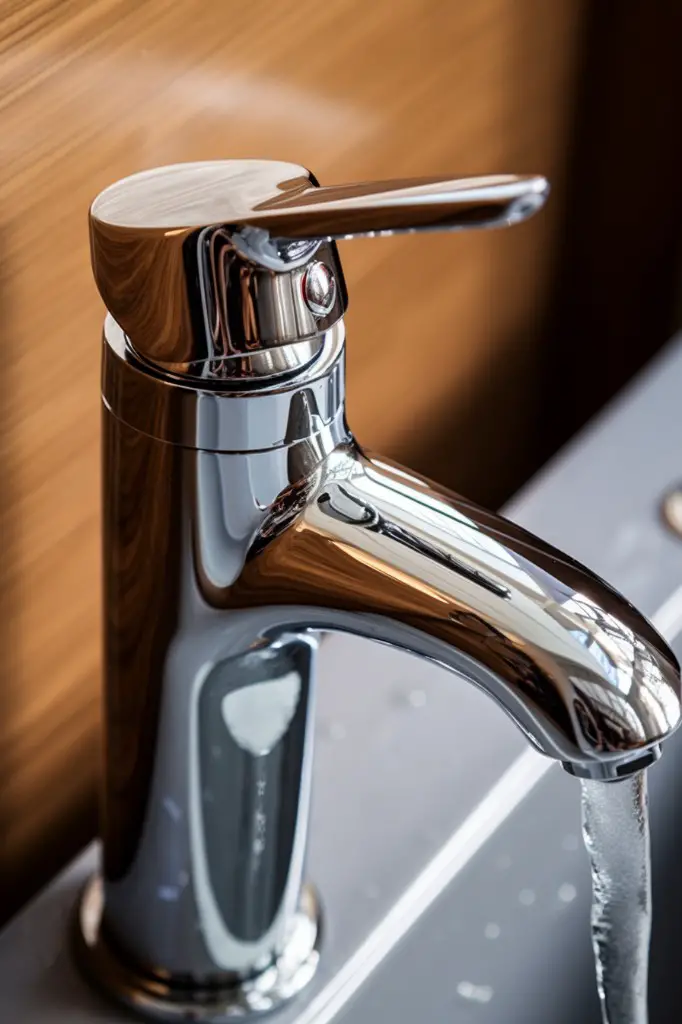
If you notice water dripping from your spout or base, it’s time to take action. A leaky faucet not only wastes water but can also lead to costly damage if left unaddressed.
If the leakage comes from the spout, it could be due to a worn-out O-ring or washer in the cartridge assembly. On the other hand, if there’s leakage around your faucet’s base, then there might be an issue with its mounting nuts or gasket.
Ignoring these leaks can cause significant problems down-the-line and may even result in mold growth and structural damage under sinks and countertops.
Leakage From Spout
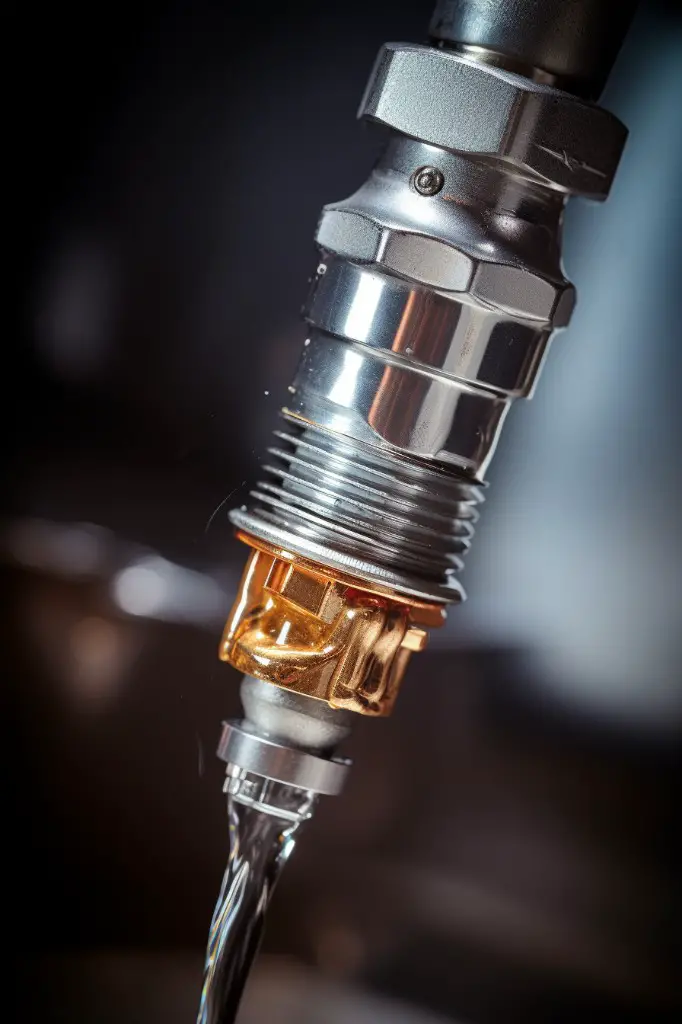
If you notice water dripping from the spout even when it’s turned off, it could indicate a worn-out or damaged cartridge. This type of leakage can occur due to several reasons such as mineral buildup and corrosion, which can cause small holes in the cartridge allowing water to seep through.
Another reason for leakage from the spout could be a faulty O-ring or washer within your faucet assembly. These components are responsible for creating a tight seal between different parts of your faucet and preventing leaks.
Over time, they may wear out or become damaged leading to leaks around them.
If you’re experiencing this issue with your faucet, don’t ignore it! Leakage not only wastes precious water but also increases utility bills over time if left unaddressed. It’s best to replace any faulty components as soon as possible before they cause further damage and lead to more expensive repairs down-the-line.
Leakage From Faucet’s Base
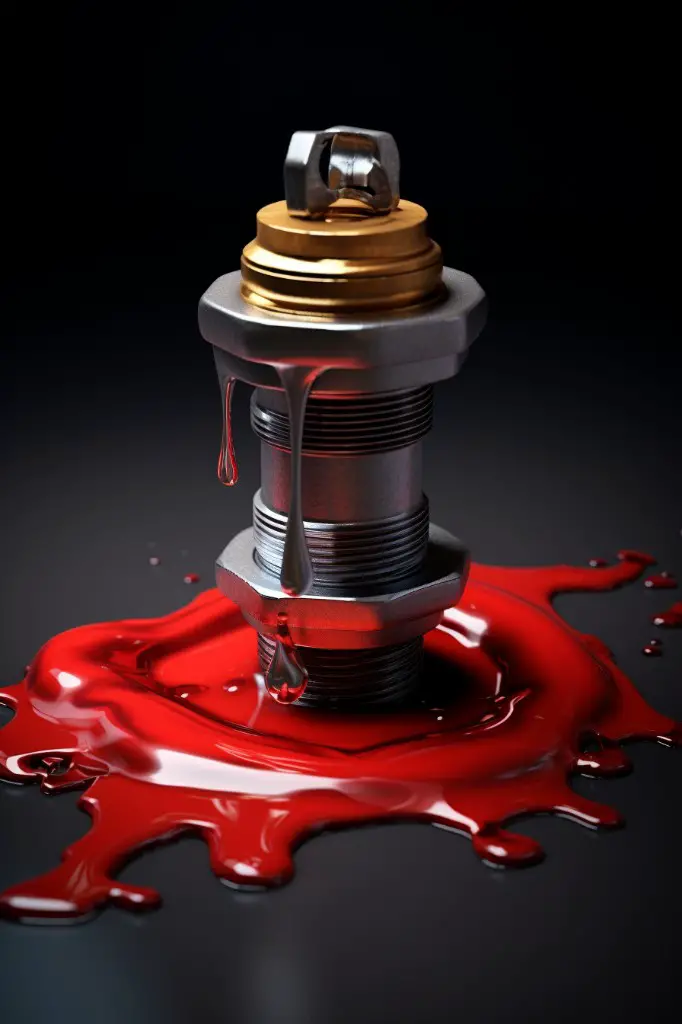
If you notice water pooling around the bottom of your faucet, it could be a sign that your cartridge needs to be replaced. The cause of this type of leakage is usually due to worn-out O-rings or gaskets located at the base of the spout.
To fix this problem, you’ll need to turn off your water supply and disassemble your faucet carefully. Once you’ve removed all parts, inspect them for any signs of wear and tear or damage before replacing them with new ones.
If you’re not comfortable doing this yourself, consider hiring a professional plumber who can diagnose and repair any issues with ease. Remember that ignoring leaks can lead to more significant problems down the line such as mold growth or even structural damage in extreme cases.
Leakage Under the Sink
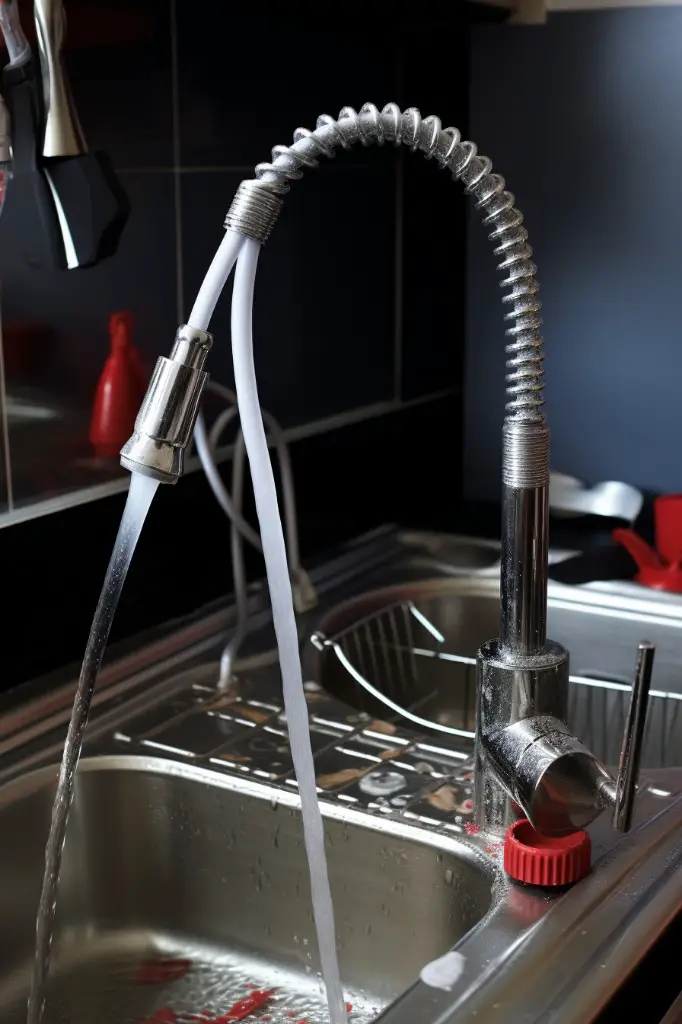
If you notice water pooling beneath your sink, it could be a sign of a faulty faucet cartridge. The leak may occur due to worn-out O-rings or washers in the cartridge, which can cause water to seep through and collect under the sink.
To fix this issue, turn off the water supply valves located underneath your sink and remove any items stored there. Next, place a bucket or container below where you suspect the leak is coming from to catch any dripping water.
Inspect all connections around your faucet for signs of leakage such as wet spots on pipes or corrosion on metal parts. Tighten loose fittings with an adjustable wrench if necessary but avoid over-tightening them as this can damage threads and cause further leaks.
If tightening doesn’t solve the problem, then it’s time to replace your faucet cartridge entirely.
Difficulty in Adjusting Water Temperature
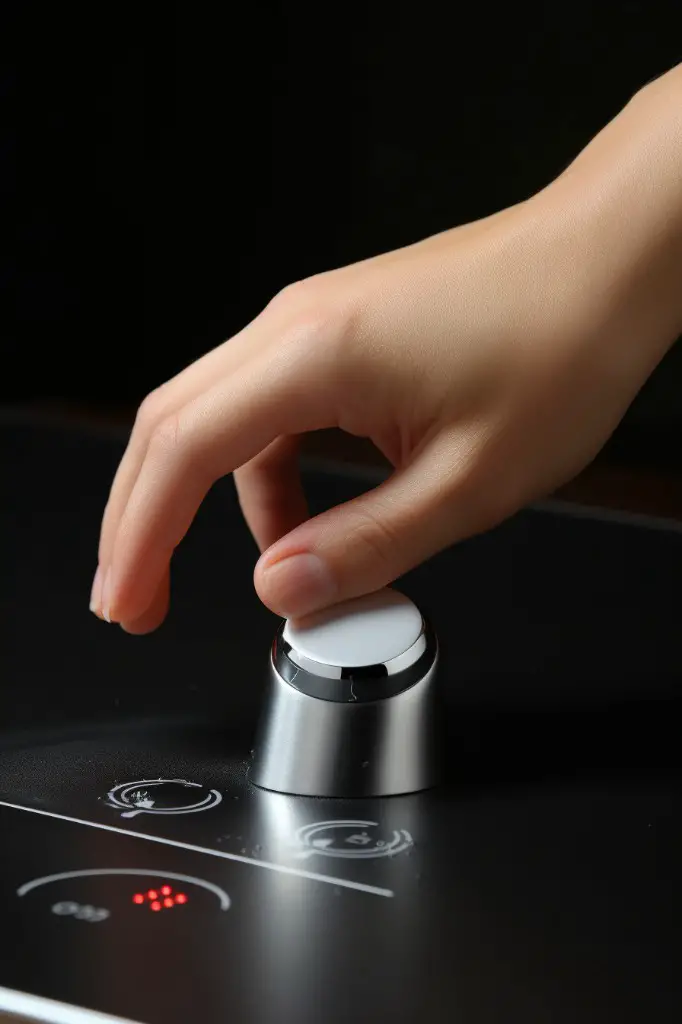
A faulty cartridge can cause hot and cold water to mix, making it impossible to get the desired temperature. This issue can be frustrating, especially when you’re trying to take a shower or wash dishes.
To diagnose this problem, start by turning off the hot and cold water supply valves under your sink. Next, remove the handle of your faucet using an Allen wrench or screwdriver (depending on its type).
Once you’ve removed the handle cover plate and exposed the cartridge assembly underneath it, inspect for any visible signs of damage such as cracks or corrosion.
Inconsistent Water Flow
If you notice that the water pressure fluctuates or suddenly drops, it could be due to a worn-out cartridge. The problem may also manifest as sputtering or spitting from the faucet when turned on.
One possible cause of inconsistent water flow is mineral buildup inside the cartridge. Over time, minerals such as calcium and magnesium can accumulate in your plumbing system and clog up small openings in your faucet’s components, including the cartridge.
Another reason for this issue could be corrosion within the valve body caused by exposure to hard water or chemicals present in cleaning agents used around sinks.
Reduced Water Pressure
If you notice that the water flow from your faucet has become weak, it could be due to a faulty cartridge. The buildup of mineral deposits and debris inside the cartridge can restrict the flow of water through it, leading to low pressure.
In some cases, reduced water pressure may also be caused by other issues such as clogged aerators or damaged pipes. However, if you have ruled out these possibilities and are still experiencing low-pressure problems with your faucet, then replacing the cartridge should solve the issue.
Loose Faucet Handle
If you notice that your faucet handle wobbles or moves around more than it should, it could be an indication that the cartridge inside has worn out and needs to be replaced. A loose handle can also make it difficult to turn the water on and off, which can be frustrating when you’re trying to wash your hands or fill up a pot with water.
Fortunately, fixing a loose faucet handle is usually quite simple. In most cases, all you need to do is tighten the screw located under the decorative cap on top of the handle using an Allen wrench or screwdriver.
However, if tightening doesn’t solve the problem and your faucet continues to feel unstable even after tightening its screws then replacing its cartridge may become necessary.
Unusual Sounds From Faucet
These sounds can range from a high-pitched whine to a low rumble, and they’re often an indication that something isn’t working correctly inside the faucet.
One of the most common causes of unusual sounds in faucets is mineral buildup or corrosion on internal parts. Over time, minerals in hard water can accumulate on components like washers and O-rings, causing them to wear down or become misshapen.
This damage can lead to leaks and other issues with your faucet’s performance.
If you notice any unusual sounds coming from your faucet when it’s turned on or off, it’s essential to investigate further before things get worse. In some cases, these noises could indicate more severe problems with your plumbing system that require professional attention.
Why Do A Faucet Cartridge Fail? (4 Common Reasons)
Like all mechanical parts, they can wear out over time and eventually fail. Here are four common reasons why a faucet cartridge may fail:
1. Mineral Buildup: Over time, minerals from hard water can accumulate on the cartridge’s surface and cause it to malfunction.
2. Corrosion: Exposure to moisture or chemicals can cause corrosion on the cartridge’s metal components.
3. Worn O-Ring: The O-ring is responsible for creating a watertight seal between the cartridge and other parts of your faucet assembly; if it wears out or becomes damaged, leaks may occur.
4. Worn Washer: A worn-out washer inside your faucet handle could lead to excessive pressure being placed on your valve stem which will damage its internal components including its seals leading to leakage issues.
Mineral Buildup and Corrosion
Over time, minerals such as calcium and magnesium can accumulate in your pipes, leading to blockages that restrict water flow. This buildup can also cause corrosion on the surface of your faucet cartridge, which can lead to leaks or other issues.
To prevent mineral buildup and corrosion from affecting your faucet cartridge’s performance, it’s essential to take proactive steps towards maintenance. One way is by regularly cleaning out any debris or sediment that may have accumulated in the aerator screen at the end of your faucet spout.
Another effective method is installing a water softener system if you live in an area with hard water. A softener system removes excess minerals from tap water before it enters into your home plumbing system.
Worn O-Ring
The O-ring is a small rubber ring that sits around the base of the cartridge and helps to create a watertight seal. Over time, this ring can become worn or damaged, causing water to leak out around the base of your faucet.
If you suspect that your O-ring may be at fault, it’s important to act quickly before any further damage occurs. To check if this is indeed the issue with your faucet, turn off both hot and cold water supply valves under sink cabinet first then remove handle cap from top of handle using flathead screwdriver or Allen wrench depending on type of screw used in making it.
Once you have access to the cartridge assembly inside (usually held by screws), gently pull out old o-rings using pliers or similar tool without damaging them too much so they don’t break apart during removal process which could cause more problems down line such as clogging up other parts like aerator screen). Replace them with new ones made specifically for your model number and size specifications found either online through manufacturer website/store locator service near where live/work OR local hardware store/home improvement center nearby.
Worn Washer
The washer sits at the bottom of the cartridge and helps to regulate water flow. Over time, constant use can wear down this small but essential component, leading to leaks and other issues.
If you suspect that your faucet’s washer is worn out, it’s best to replace it as soon as possible. Fortunately, replacing a worn-out washer is relatively easy and inexpensive compared to replacing an entire faucet or cartridge.
To replace the washer in your faucet:
- Turn off the water supply valves under your sink.
- Remove any decorative caps or handles covering the screw that holds everything together.
- Use pliers or an adjustable wrench (depending on what type of nut secures it) to remove this screw.
- Pull out all parts from inside until you reach where old washers are located
- Replace them with new ones
- Reassemble everything in reverse order
Broken Pipes
If you have an older home, the pipes may be corroded or worn out, leading to leaks and other issues with your plumbing system. Broken pipes can cause water pressure problems that affect the performance of your faucet cartridge.
In some cases, a broken pipe can also lead to flooding in your home if left unaddressed for too long.
If you suspect that a broken pipe is causing issues with your faucet cartridge, it’s important to call in a professional plumber as soon as possible. They will be able to assess the situation and recommend appropriate repairs or replacements for any damaged components.
Understanding how faucets work and what causes them to malfunction is essential knowledge for every homeowner.
DIY Faucet Inspection
This will help you determine whether or not it’s time to replace the cartridge. Here are some simple steps to follow:
1. Turn off the water supply: Before inspecting your faucet, make sure that you turn off the water supply valves under your sink.
2. Remove any decorative parts: If there are any decorative parts on your faucet handle, remove them carefully using pliers or a screwdriver.
3. Unscrew and remove handle: Use an adjustable wrench or pliers to unscrew and remove the handle from its base.
4. Inspect for damage: Once you have removed all of these components, inspect each part for signs of wear and tear such as cracks in plastic components or corrosion on metal ones.
5. Check Cartridge Condition – Check if there’s mineral buildup around it; this can cause leaks over time.
Can a Faucet Cartridge Be Repaired?
While some minor problems can be fixed by cleaning or lubricating the cartridge, in most cases, a faulty faucet cartridge cannot be repaired and must be replaced.
Attempting to repair a damaged or worn-out faucet cartridge could lead to further damage and even cause leaks that could result in costly water damage. It’s always best to replace the entire unit when dealing with a bad faucet cartridge.
Fortunately, replacing a faulty faucet is not as complicated as it sounds. With basic plumbing knowledge and some simple tools like pliers and screwdrivers, anyone can replace their own defective cartridges without calling for professional help.
Cartridge Replacement Process
Fortunately, replacing a faucet cartridge is a relatively straightforward process that can be done with just a few basic tools.
Firstly, turn off the water supply to the affected faucet by closing both hot and cold valves under the sink. Next, remove any decorative caps or handles covering up access to the cartridge assembly.
Use pliers or an adjustable wrench (depending on what type of fasteners are used) to loosen and remove screws holding down metal retaining clips.
Once these clips have been removed from their position over top of cartridges themselves – which should now be visible – gently pull them out using pliers if necessary until they come free from their housing units entirely; this may require some wiggling back-and-forth as well as pulling upwards at times.
Maintenance Tips for Faucet Cartridges
Regular maintenance can help prolong the life of your cartridge and prevent issues from arising in the first place. Here are some tips to keep your faucet cartridge in good condition:
1. Clean Your Faucet Regularly: Dirt, grime, and mineral buildup can cause damage to your faucet over time.
To avoid this problem, clean it regularly with a soft cloth or sponge.
2. Check Water Quality: Hard water can lead to mineral buildup on faucets that may eventually damage them over time.
3. Avoid Using Harsh Chemicals: Strong chemicals like bleach or ammonia should be avoided when cleaning faucets because they could corrode metal parts.
4. Replace Washers Periodically: Over time washers wear out due to constant use which leads to leaks around handles.
5. Schedule Professional Maintenance Checks: It’s important that you have a professional plumber inspect your plumbing system periodically so any potential problems with the cartridges are caught early before they become major issues.
By following these simple maintenance tips you will not only extend the lifespan of your faucet cartridge but also save money by avoiding costly repairs down the line!
FAQ
What happens when faucet cartridge fails?
When a faucet cartridge fails, it becomes difficult to adjust the water temperature and may cause cold water to enter hot water outlets, as well as water leakage under the nut, handle, or valve.
Do faucet cartridges wear out?
Yes, faucet cartridges can wear out as they may develop leaks in single handle faucet designs, affecting the regulation of hot and cold water flow.
Can a bad faucet cartridge cause low water pressure?
Yes, a bad faucet cartridge can cause low water pressure due to clogging or blockage from hard water buildup.
What happens when a shower cartridge goes bad?
When a shower cartridge goes bad, the shower valve malfunctions, leading to water leakage, and potentially requiring the replacement of rubber rings and other components due to breakage, corrosion, or dry-rot.
How can you identify the signs of a faulty faucet cartridge?
One can identify the signs of a faulty faucet cartridge by observing issues such as inconsistent water flow, water temperature fluctuations, and leaking faucets.
What are the common reasons behind faucet cartridge failures?
Common reasons behind faucet cartridge failures include corrosion, debris buildup, extreme water pressure, and everyday wear and tear.
Is it possible to repair a damaged faucet cartridge or is replacement the only option?
It is generally best to replace a damaged faucet cartridge as repairs may not provide a long-lasting solution.

